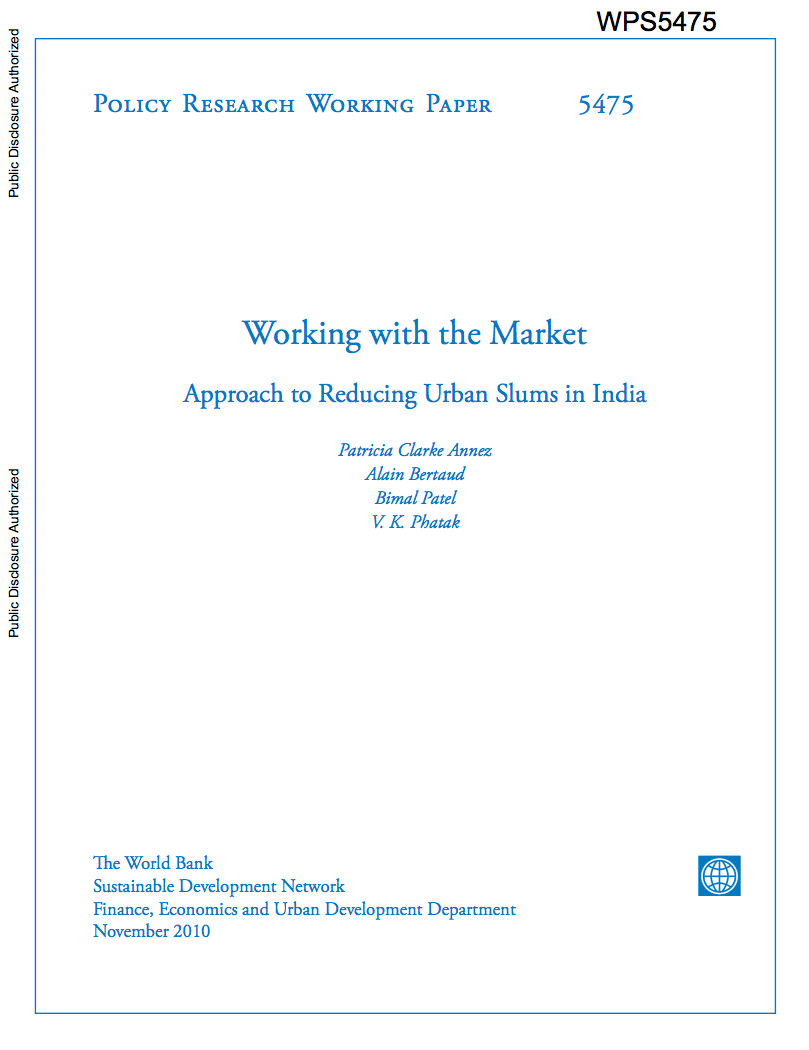Mapping Vulnerability to Climate Change
This paper develops a methodology for
regional disaggregated estimation and mapping of the areas
that are ex-ante the most vulnerable to the impacts of
climate change and variability and applies it to Tajikistan,
a mountainous country highly vulnerable to the impacts of
climate change. The authors construct the vulnerability
index as a function of exposure to climate variability and
natural disasters, sensitivity to the impacts of that


